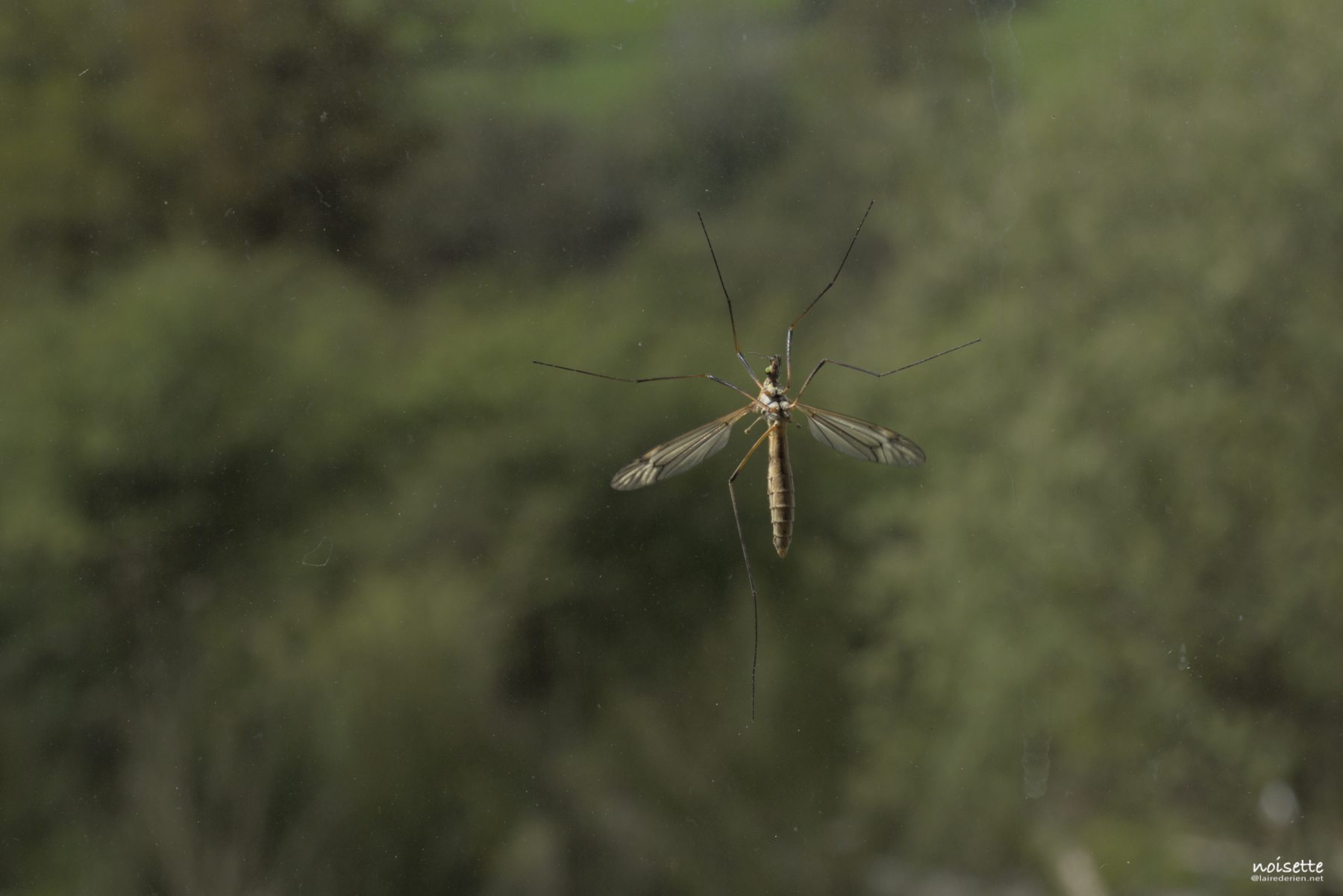News
GMO mosquitoes: malaria spurs research

Oxitec is developing transgenic mosquitoes, while Google prefers mosquitoes inoculated with the wolbachia bacterium. Trials have already been carried out in several countries, with little long-term impact on the presence of malaria. University research into ways of reducing the mosquito population is legion. A new article announces that a genetic technology has just been developed to eliminate malaria-carrying mosquitoes. The target species is Anopheles gambiae, which occurs mainly in Africa. The technology uses the Crispr/Cas tool in particular, and the project leaders are researchers from the University of California at San Diego (USA). To date, this technology requires prior transgenesis.
The newspaper Science Daily reports on the first cases of malaria in the United States and how this disease affects many children around the world [1]. They write: “Thankfully, scientists are developing safe technologies to stop malaria transmission by genetically modifying mosquitoes”. This sentence implies from the outset that the solution will involve technology and that this technology is safe.
Two competing control strategies…
American researchers have genetically modified both male and female A. gambiae mosquitoes. They chose to disrupt a gene known as femaleless (fle), which controls sexual development in A. gambiae mosquitoes [2]. Present in both sexes, it is only active in females. So this genetic modification, which they have named Ifegenia, kills only the modified females. They all die at the laboratory stage. The males survive. Once released into the wild, they can mate with wild females and propagate Ifegenia. In theory, the descendants inherit the genetic modification: the females die and the males continue to pass on the modified gene. And so, generation after generation, the female population decreases.
Oxitec’s strategy is slightly different. It too involves releasing only the males. But when these males mate with wild females, their offspring are exclusively male. For these researchers, there are two limitations. On the one hand, Oxitec mosquitoes survive in the presence of tetracycline, which is present in certain agricultural products (citrus fields in particular). On the other hand, Omar Akbari explains that “Oxitec’s approach is dominant, in that a copy of the system is needed to kill the females. Consequently, when homozygous males are released (R/R), these males will produce viable and fertile heterozygous males (R/+), but the R/+ females will be dead. These fertile R/+ males will then produce males (R/+ and +/+) and females (+/+). The females produced may therefore reduce efficacy”.
The trials were carried out in a confined environment. And the relevance of this technique was assessed using computer modelling. “Thanks to modelling, we demonstrate that iterative releases of non-biting Ifegenia males can constitute an effective, confined, controllable and safe system for suppressing and eliminating the population”, explain the researchers. At present, no releases are planned, the researchers tell us, because they need to raise funds to do so. This work has been funded by public grants (Environmental Protection Agency, National Institutes of Health) and private grants (Bill and Melinda Gates Foundation, Open Philanthropy).
…sold with the same arguments
“This technology has the potential to be the safe, controllable and scalable solution the world urgently needs to eliminate malaria once and for all” said Akbari, a professor in the Department of Cell and Developmental Biology. “We now need to evolve our efforts to gain social acceptance, regulatory approvals for use and funding opportunities to put this system to the test by suppressing wild malaria-transmitting mosquito populations. We’re on the verge of having a major impact on the world, and we won’t stop until we’ve achieved it,” he adds.
This rhetoric, laudatory and full of emphases, all imbued with the economy of promise, does a poor job of concealing several realities. First of all, it overlooks the failure of previous attempts to eradicate a species of mosquito. Admittedly, it would appear that this one is more effective than previous attempts. However, there is a good chance that if A. gambiae were to disappear, malaria would find another vector to spread. Secondly, the Crispr/Cas tool has many off-target effects. This technology is not as safe as its promoters claim. Finally, this research is expensive. It allows patent applications to be filed and will eventually be used to try to eradicate the agricultural parasites that proliferate in industrial monocultures. Yet a few simple measures, such as improving the rapid treatment of people suffering from malaria, or setting up waste water networks, could be beneficial not only in the fight against malaria but also against many other diseases.
[1] Aguilera, M., “New genetic technology developed to halt malaria-spreading mosquitoes”, Science Daily, 5 July 2023
[2] Andrea L. Smidler, James J. Pai, Reema A. Apte, Héctor M. Sánchez C., Rodrigo M. Corder, Eileen Jeffrey Gutiérrez, Neha Thakre, Igor Antoshechkin, John M. Marshall, Omar S. Akbari, “A confinable female-lethal population suppression system in the malaria vector, Anopheles gambiae”, Science Advances, 2023; 9 (27)












